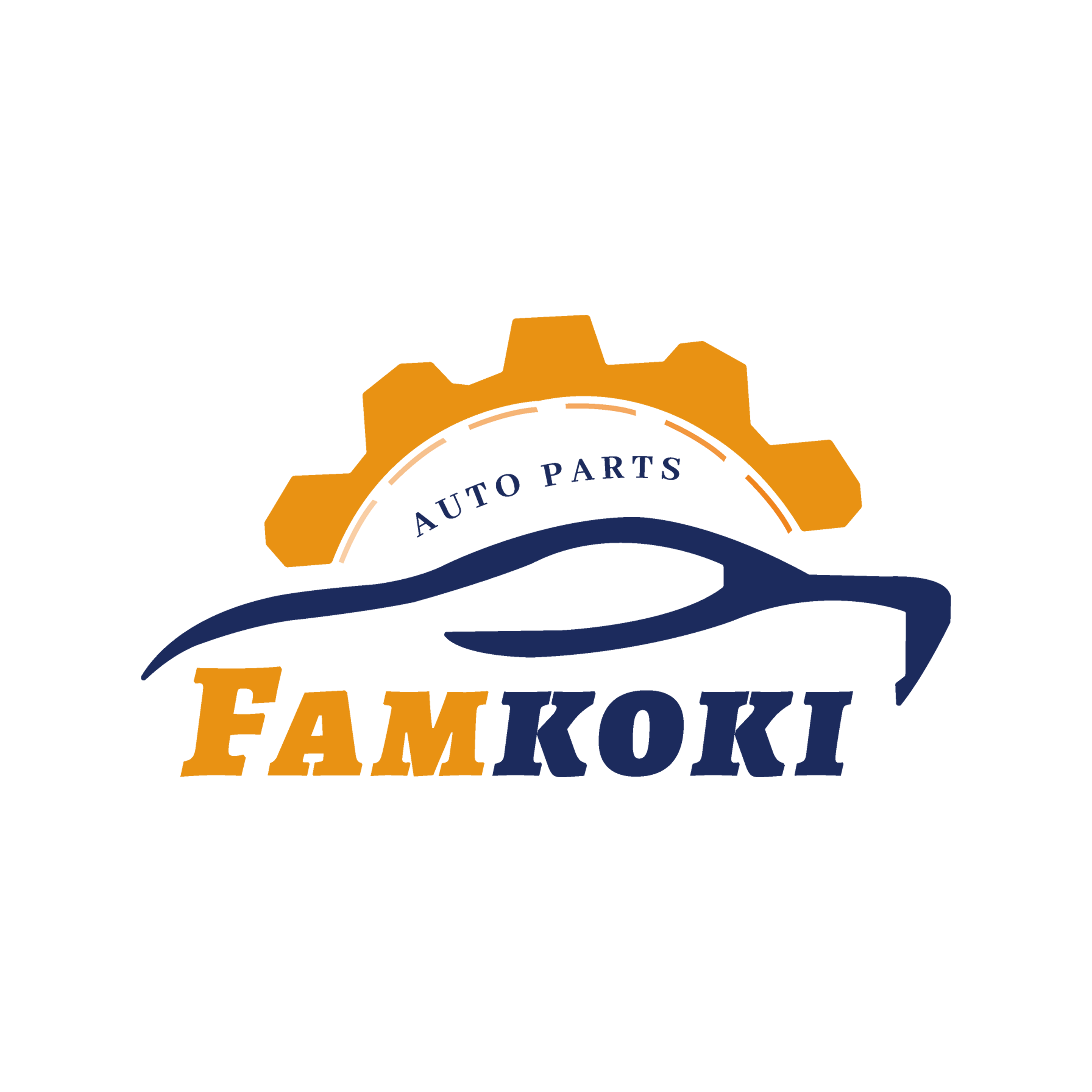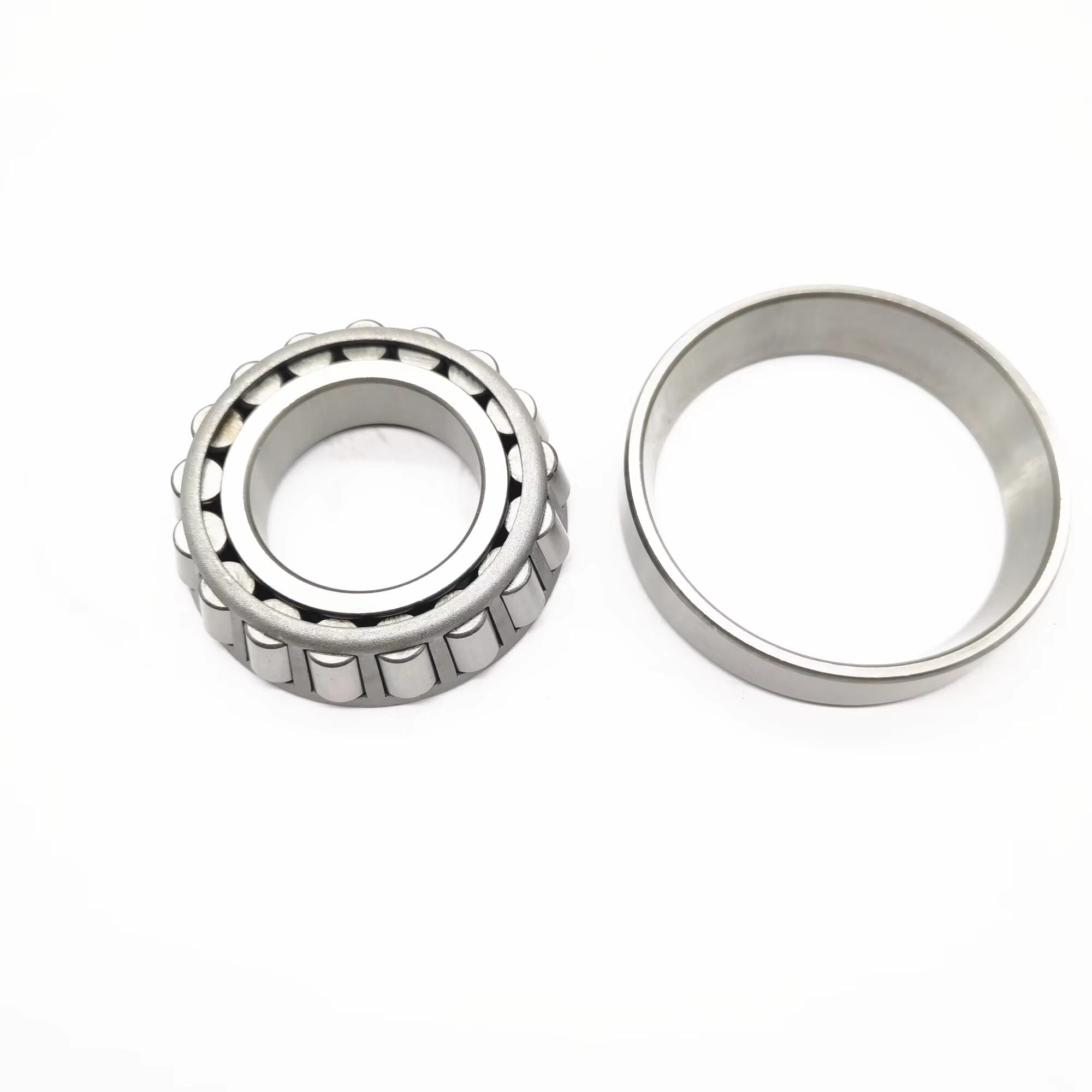Why Regular Steering System Maintenance Matters
Safety Implications of Neglected Steering
Neglecting steering system maintenance can lead to serious safety hazards, jeopardizing vehicle control and increasing the risk of accidents. A poorly maintained steering system can cause abrupt changes in vehicle response, which can be especially perilous in emergency situations. For example, a sudden loss of power steering can result in difficulty steering the vehicle, potentially leading to dangerous scenarios on the road. Statistics from traffic safety organizations indicate that a significant percentage of crashes are due to steering or control failures, underscoring the critical nature of regular maintenance. Regular checks ensure that defects like worn-out components or fluid leaks—which can allow air into the system and degrade performance—are identified and rectified promptly.
Performance Benefits of Proper Care
Proper care of the steering system yields notable performance benefits, enhancing the overall driving experience. Regular maintenance translates to smoother handling and better responsiveness, making vehicle operation more efficient and enjoyable. A well-maintained steering system also prevents uneven tire wear, which not only extends tire life but also improves fuel efficiency, reducing long-term costs associated with fuel consumption and tire replacement. Furthermore, expert studies have shown that consistent care of steering components significantly boosts the lifespan of these elements, ensuring long-term vehicle reliability. Implementing routine inspections and maintenance schedules is essential to realizing these performance benefits and maintaining the optimal function of your vehicle's steering system.
Steering Wheel and Column Inspection
Checking for Looseness or Play
Inspecting the steering wheel for looseness or play is essential to maintain safe driving conditions. Play in the steering wheel often indicates worn or failing components that need immediate attention. It's crucial not only to avoid awkward handling but also to prevent unsafe driving conditions. Studies have shown a direct correlation between steering wheel play and a loss of control incidents, underlining the importance of regular inspection. By regularly checking for these signs, drivers can avoid potential hazards and maintain the integrity of the vehicle's steering system.
Identifying Unusual Noises During Turns
Unusual noises during turns, such as clunking or grinding, can be early signs of issues within the steering system. Listening for these sounds can help identify underlying problems like worn bearings or joints that require prompt attention. Addressing such issues prevents further damage and helps maintain a smooth steering experience. Regularly checking for these auditory cues not only helps preserve the steering system but also prevents larger, costly repairs down the line.
Assessing Wear in Steering Column Components
Inspecting the steering column for wear or damage is critical in preventing steering malfunctions like lock-ups during operation. Using a torque wrench to check the tightness of connectors in the steering column ensures all components are securely fastened and functioning properly. Maintenance of these components helps maintain a functional and dependable steering column, reducing the risk of steering failures while driving. Proper assessment and timely repair of the steering column are vital for the safety and efficiency of the steering mechanism.
Critical Connections of Tie Rods and End Links
Visual Inspection for Rust or Damage
Regular visual inspections of tie rods for rust or damage are essential for ensuring the integrity of a vehicle's steering system. Signs of rust or wear on tie rods can lead to compromised structural strength, making it crucial to conduct frequent checks. Loose or damaged connections can cause alignment problems, negatively impacting vehicle stability and safety. Ensuring a rust-free and intact system is a proactive step toward preventing steering failures.
Testing Joints for Excessive Movement
Checking the joints of tie rods for excessive play is crucial for maintaining proper vehicle alignment and handling. This involves using specialized tools to measure joint movement accurately. Regular checks prevent potential alignment issues and ensure the steering system's safe operation. Such inspections are not just preventative maintenance; they are vital for guaranteeing that the vehicle can be driven comfortably and securely.
Signs of Bent or Misaligned Tie Rods
The presence of bent or misaligned tie rods is often indicated by changes in vehicle handling or uneven tire wear, both of which are precursors to steering failure. Regular inspections play a critical role in identifying these issues early, allowing for timely repairs that enhance vehicle stability and reduce repair costs. By addressing such problems promptly, drivers can avert more serious mechanical failures and maintain optimal vehicle performance.
Power Steering Fluid: Lifeline of Your System
How to Check Fluid Levels Correctly
Regularly checking your power steering fluid levels is crucial to ensure the system's smooth operation and avoid costly repairs. Experts recommend maintaining power steering fluid levels within the designated range specified in your vehicle's manual for optimal function. This ensures adequate hydraulic pressure and lubrication necessary for effective steering. A consistent check routine helps identify potential issues such as leaks before they escalate. Always check the fluid levels when the engine is cool, using the dipstick or markings on the reservoir. Keeping this habit can directly enhance your driving experience by preventing system failures due to inadequate lubrication.
Spotting Leaks in Hoses and Connections
Early detection of leaks in the power steering system can save you from hefty repair bills and potential damage. Inspecting hoses and connections for signs of fluid seepage or cracks is highly advised by mechanics. When checking for leaks, look for fluid buildup under the vehicle or damp areas on the hoses and connections. Leaks often occur due to aging hoses or loose connections, which can deteriorate quickly under the system's pressure. Regular visual inspections are key, and if any abnormalities are detected, immediate mechanical attention is necessary. Timely interventions in identifying and fixing leaks ensure a longer lifespan for your steering system.
When to Flush Contaminated Fluid
Flushing contaminated power steering fluid is vital to maintain system efficacy and prevent corrosive damage. Specialists suggest performing a fluid flush approximately every 50,000 miles or earlier if contamination is noticeable. Contaminated fluid often harbors particles and debris, reducing the fluid's ability to lubricate and causing increased wear on system components. To ensure the longest lifespan for your steering mechanism, replacing the old fluid with fresh, clean steering fluid is necessary. This maintenance routine helps in sustaining the hydraulic pressure required for seamless steering performance and can effectively thwart the early onset of steering system issues.
Steering Rack and Pinion Examination
Detecting Fluid Leaks Around the Rack
Regular inspection for fluid leaks around the steering rack is crucial to maintaining a healthy steering system. Fluid leaks can lead to inadequate lubrication, which may eventually result in rack failure and costly repairs. Start by visually inspecting the area around the rack for any signs of dark spots or puddles of fluid, which indicate leaks. Mechanics advise that immediate action be taken if leaks are detected, as this can prevent further damage and maintain the steering system's longevity.
Testing for Stiffness in Steering Response
A stiff steering response often signifies underlying mechanical issues within the rack or pinion mechanism. Identifying these issues quickly is paramount to ensuring smooth vehicle handling. Experts recommend conducting a thorough test drive to observe the steering stiffness and responsiveness. During the test drive, pay attention to how the steering wheel behaves; if it feels resistant or difficult to turn, consulting a mechanic to diagnose and rectify the problem promptly is advised.
Wear Patterns in Gear Teeth
Examining wear patterns in gear teeth is a valuable practice in assessing the overall health of the steering system. Unusual wear patterns might indicate problems such as alignment issues or insufficient maintenance. Regularly inspecting the teeth for uneven wear can help prevent potential steering rack failures. If you notice abnormal wear, it would be prudent to investigate further, as this could highlight issues within the steering mechanism that need addressing to ensure smooth and reliable functioning.
Ball Joints and Bushings: The Unsung Heroes
Inspecting Rubber Bushings for Cracks
Rubber bushings play a crucial role in maintaining a vehicle's handling and steering response; however, their condition can deteriorate over time. Cracked bushings can negatively affect steering performance and pose safety risks. Therefore, regular inspections are vital. During routine maintenance checks, it's recommended to visually inspect these components for any signs of wear and cracking. Early detection can prevent further damage and maintain the stability of the car's steering system, which is crucial for safe driving.
Diagnosing Worn Ball Joints Through Movement Tests
Worn ball joints are a common cause of alignment problems and poor handling. Conducting movement tests on ball joints is an essential diagnostic step to ensure your vehicle's steering system remains in top condition. These tests often involve both visual inspections and physical checks to detect excessive movement or play. Mechanics recommend a comprehensive approach to assess ball joint conditions, as any wear can escalate into significant steering issues, affecting overall vehicle safety and performance.
Impact of Damaged Components on Alignment
The condition of ball joints and bushings directly impacts wheel alignment and steering efficiency. When these components are damaged, they can cause misalignment, leading to poor handling and increased tire wear. This misalignment can make driving more difficult and less safe. To restore optimal vehicle handling, it is important to adjust or replace the damaged parts. Regular maintenance and checks ensure that the alignment stays intact, thereby enhancing the vehicle's steering capabilities and overall road safety.
FAQ
Why is regular steering system maintenance important?
Regular maintenance is essential for ensuring vehicle safety and performance. It helps in identifying potential issues early, preventing steering failures, and enhancing vehicle handling and driving experience.
What are the signs of a failing steering system?
Signs include difficulty in steering, unusual noises while turning, visible leaks, and uneven tire wear. Identifying these symptoms early can help in preventing more severe mechanical problems.
How often should power steering fluid be checked or replaced?
Power steering fluid should be checked regularly, preferably during routine oil changes. Experts recommend flushing the fluid every 50,000 miles or if contamination is visible.
What causes excessive play in steering components?
Excessive play can result from worn or faulty components such as bushings, ball joints, or tie rods. Regular inspections and timely repairs can help maintain optimal steering performance.
 EN
EN
 AR
AR
 FR
FR
 KO
KO
 PT
PT
 RU
RU
 ES
ES


